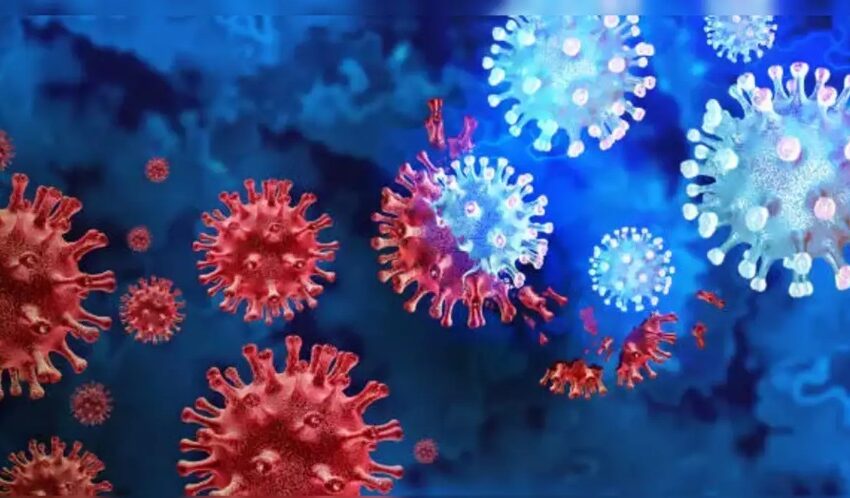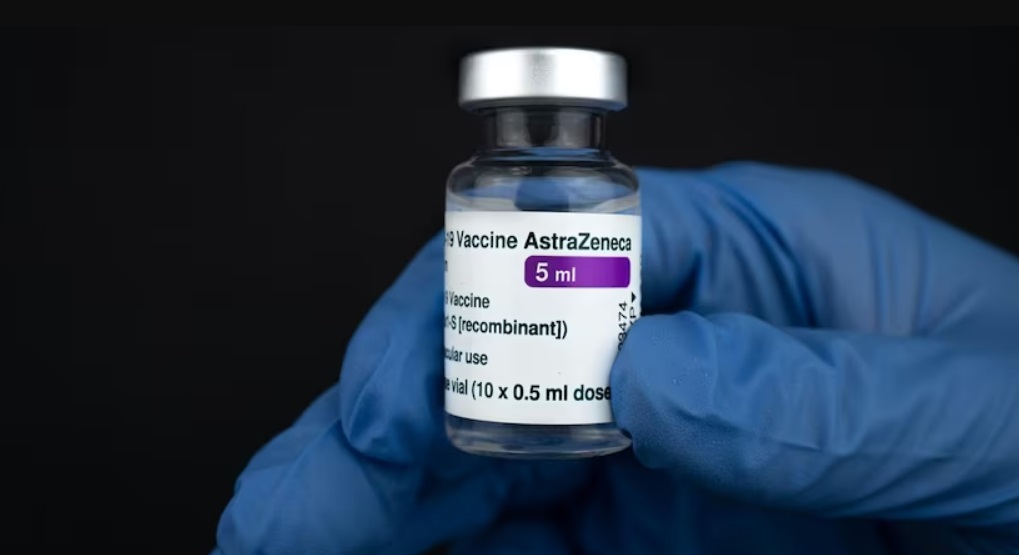
FLiRT: The New COVID-19 Variant Emerging in the US – What We Know So Far
According to the Infectious Diseases Society Of America (IDSA), the proportion of illnesses caused by KP.2 is rapidly increasing. The other FLiRT variant, KP 1.1 is also circulating in the US.
A new family of Covid-19 variant, FLiRT is spreading fast in the United States. This group of new Covid-19 variants belongs to the Omicron JN.1 lineage. These are the KP.2 and KP 1.1 mutations that are considered to be more infectious than the previous Omicron variants. According to the Infectious Diseases Society Of America (IDSA), the proportion of illnesses caused by KP.2 is rapidly increasing. The other FLiRT variant, KP 1.1 is also circulating in the US.
What is the meaning of FLiRT?
According to the IDSA, the name FLiRT is based on the technical names of their mutations. Currently, two FLiRT variants have been identified in the US, KP.2 and KP 1.1.
FLiRT: Symptoms and more
The symptoms for the FLiRT variant remain more or less the same. Sore throat, cough, congestion, fatigue, tiredness, headache, body pain, fever, shortness of breath, diarrhea and possible loss of taste and smell are the common symptoms.
“The variants KP.2 and KP 1.1 have new mutations that make them more contagious than previous Omicron variants. Their symptoms, akin to earlier variants, include fever, cough, and fatigue. However, their heightened transmission rate demands stringent precautions,” says Dr. Sushila Kataria, Senior Director, Internal Medicine at Medanta, Gurugram.
The severity of these symptoms usually depends on underlying health conditions and current immunity status.
Is it dangerous?
The current spread in the US is raising concern about a new wave of infection in summer. Unvaccinated individuals and those with compromised immunity are more vulnerable to these mutations.
“The variant spreads easily through respiratory droplets, posing risks to all, especially the unvaccinated and those with compromised immunity. With subtle genetic differences, FLiRT diverges from earlier variants, requiring tailored management techniques,” Dr Kataria adds.
The FLiRT variants have not been detected in India yet. Moreover, in the US, no significant rise in hospitalisation has been reported.
“It’s a small surge, and there is no need to panic. We should stay vigilant and ensure enhanced testing, targeted vaccinations, and continued adherence to preventive measures are necessary to prevent transmission. We should adhere to Covid-friendly protocols, i.e., washing hands properly, wearing masks, people of certain age groups such as children and the elderly should pay extra attention, as should people with comorbid conditions,” informs Dr Kataria.



